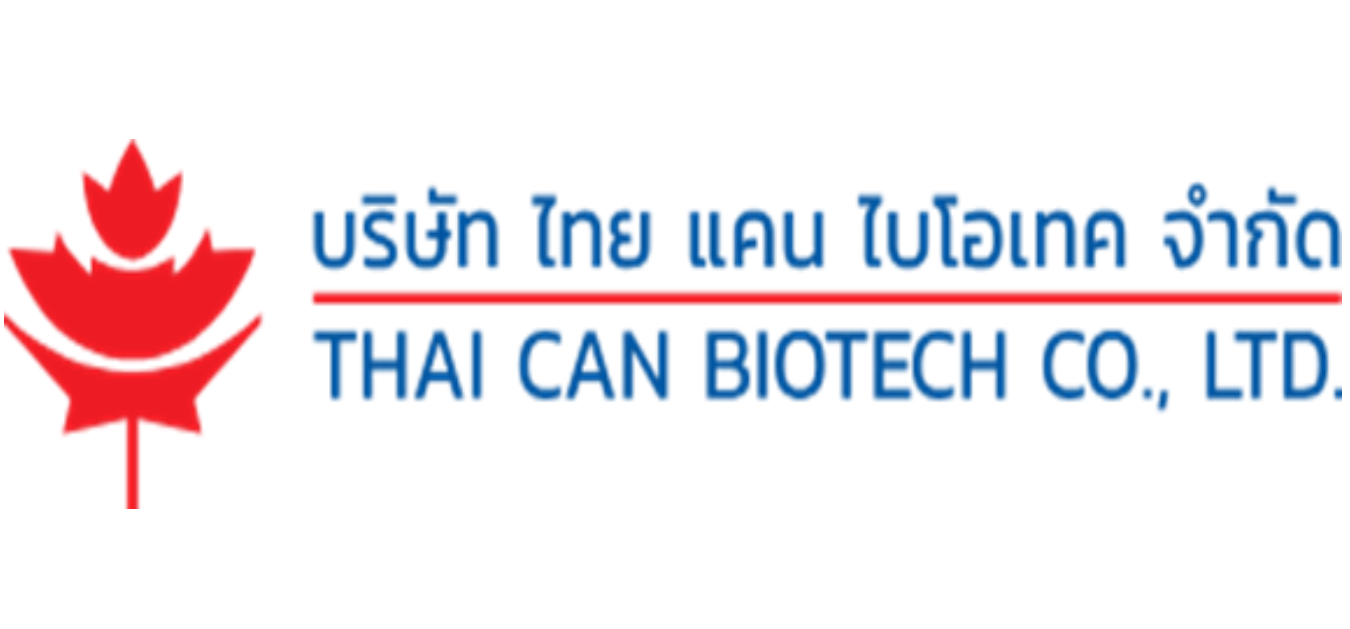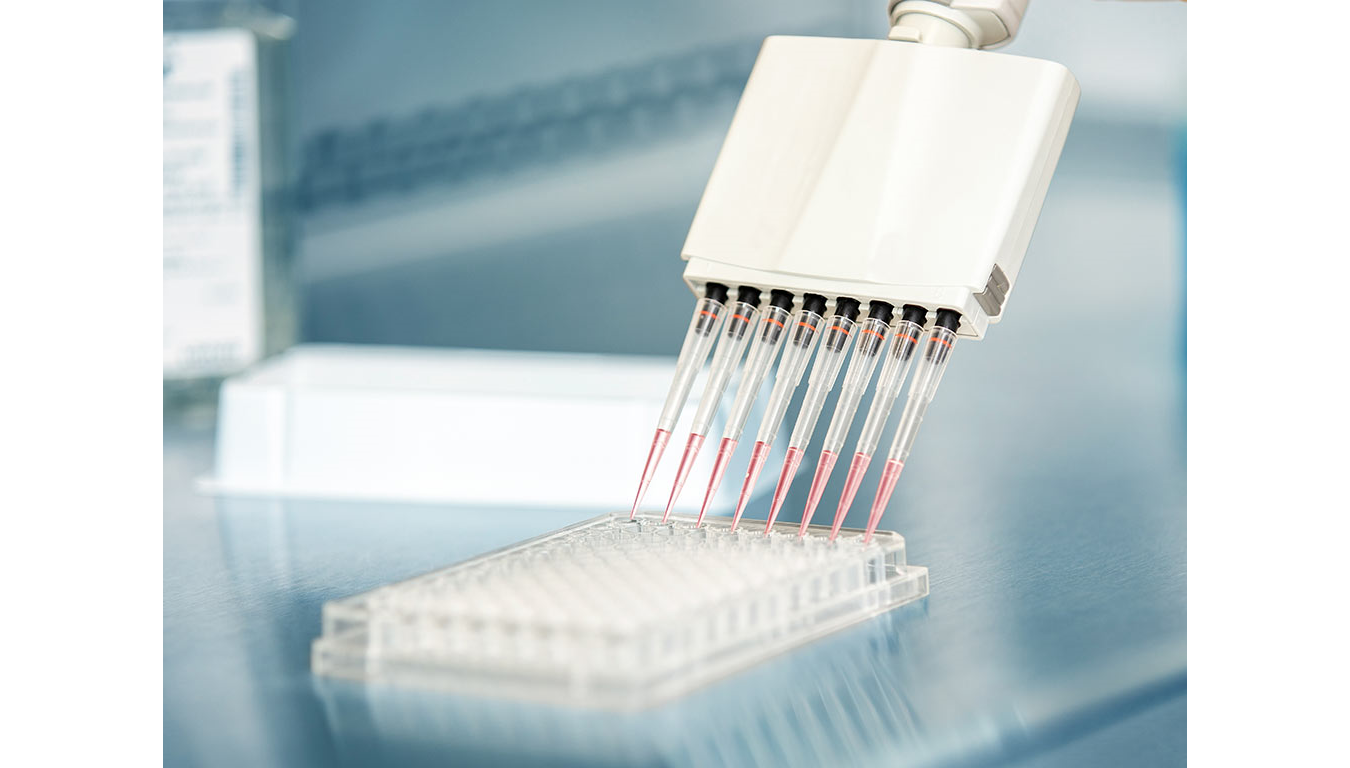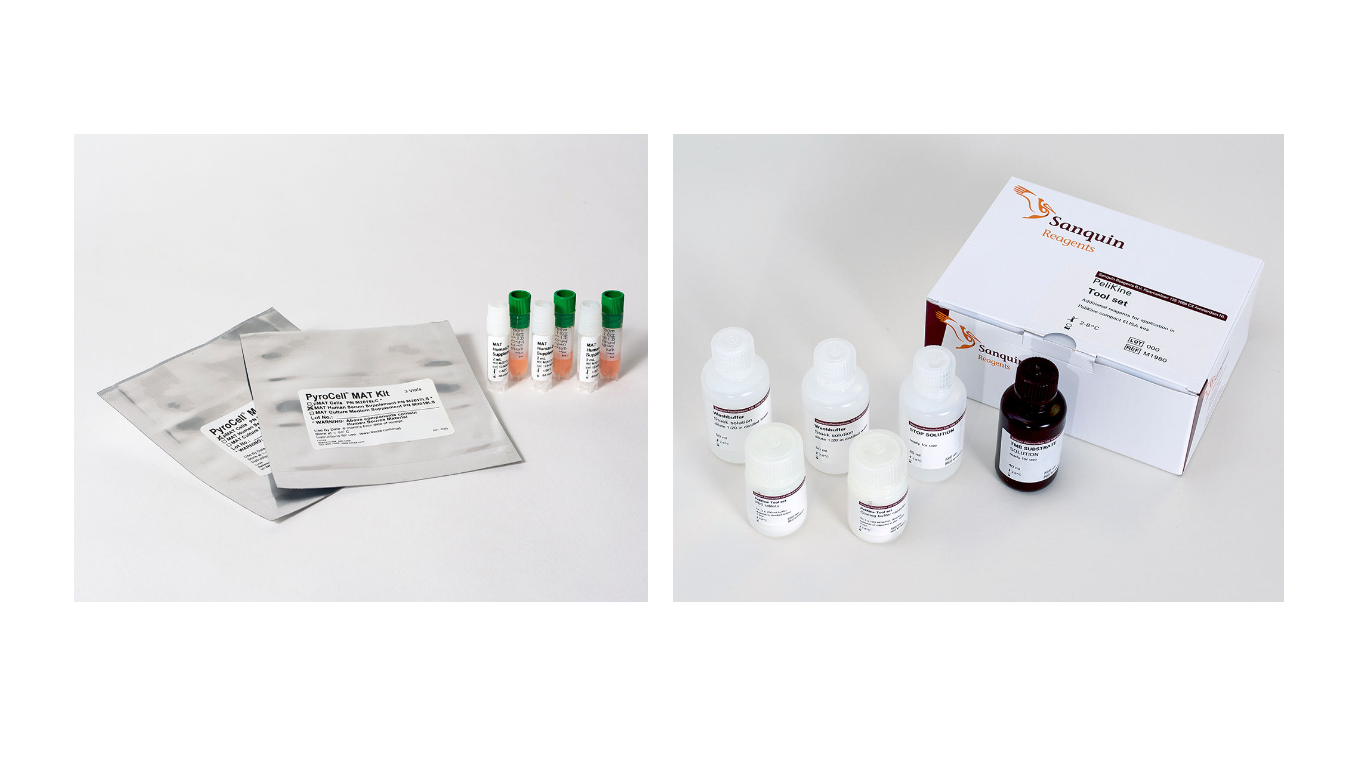 American Pharmaceutical Review: Analysis of FDA Enforcement Reports (2012-2019) to Determine the Microbial Diversity in Contaminated Non-Sterile and Sterile Drugs
American Pharmaceutical Review: Analysis of FDA Enforcement Reports (2012-2019) to Determine the Microbial Diversity in Contaminated Non-Sterile and Sterile Drugs

An analysis of FDA enforcement reports from 2012 to 2019 showed that Gram-negative bacteria were the most common microbial contaminants of non-sterile drugs in the United States. Burkholderia cepacia was the number one reason for non-sterile drug recalls with 102 citations followed by Ralstonia pickettii (45 recalls) and the USP indicator, Salmonella spp. (28 recalls). Unidentified microbial contamination accounted for 77% of non-sterile and 87% of sterile drug recalls indicating extremely poor microbiology practices. The presence of yeast and mold was the reason for 52 recalls of sterile and non-sterile drugs with only 12% providing any information at the genus or species level. Gram-negative bacteria were the most common cause of microbial contamination for sterility failures with no species showing a predominant presence. However, out of specification results (34 recalls) were the most cited violation for non-sterility recalls. Most sterile drugs (1056) were recalled by the lack of sterility assurance. Undetermined cGMP issues (184 recalls) was the number one reason for lack of sterility assurance followed by compounded drugs with deficient cGMP procedures (121 recalls).
Download >> Jimenez_APRSeptOct2019









